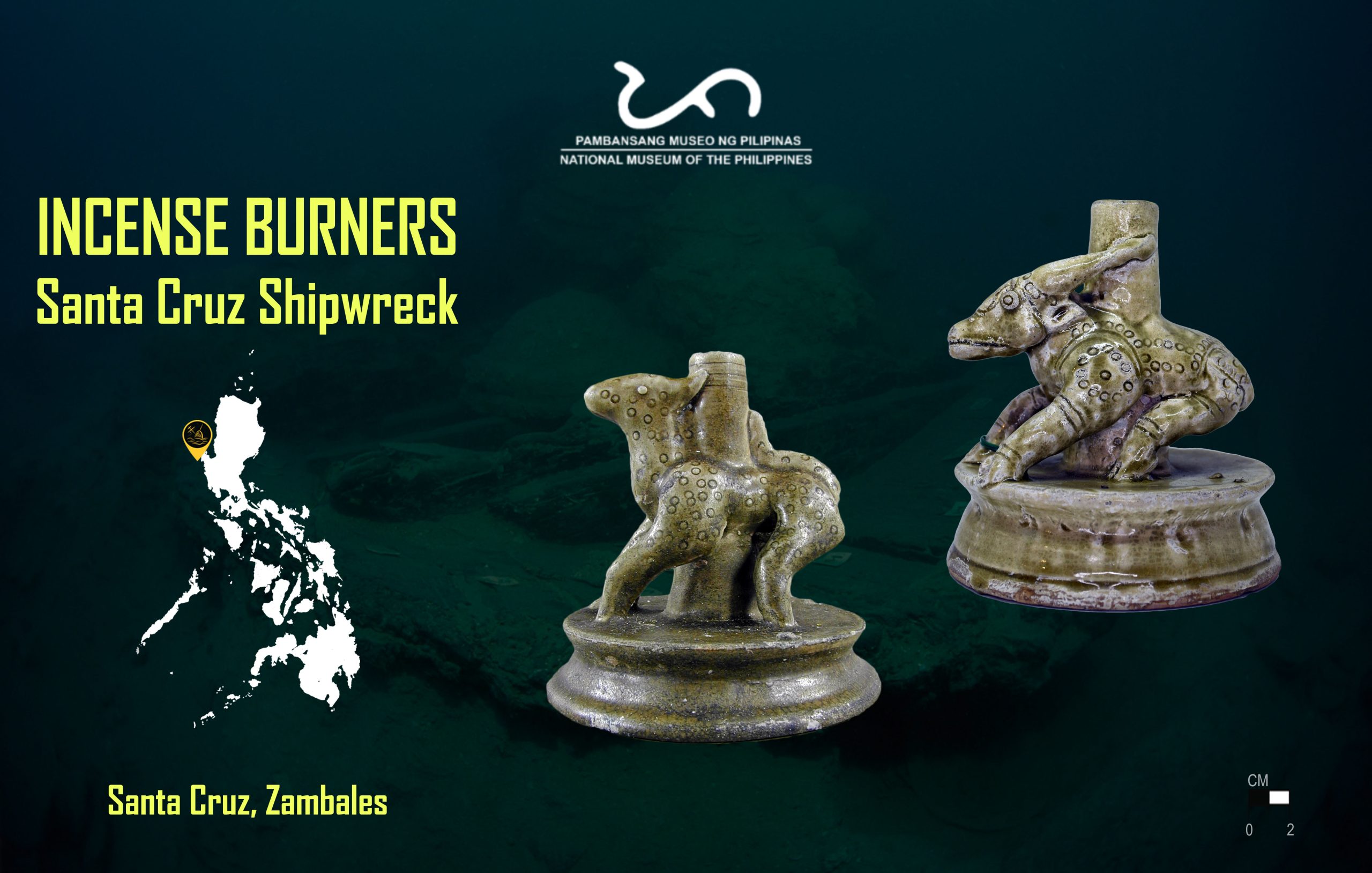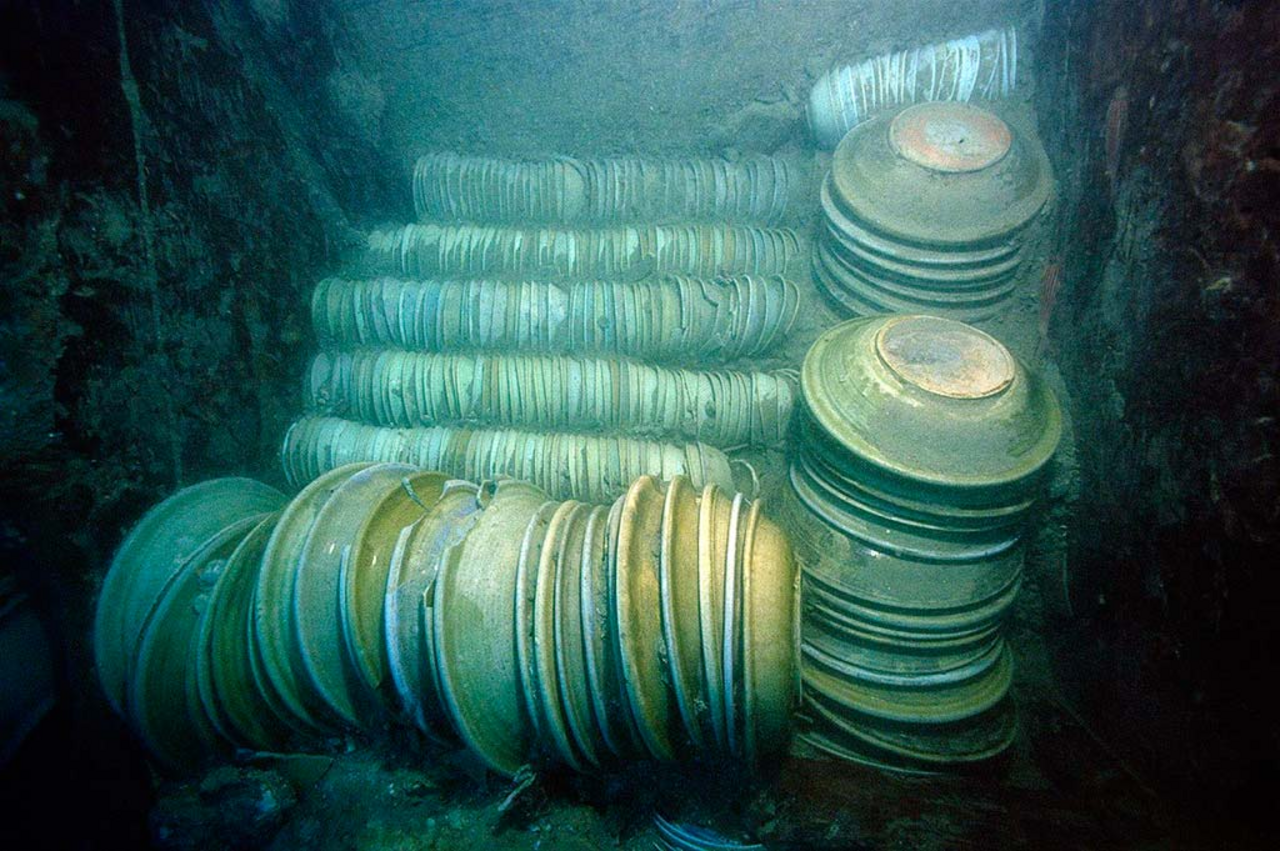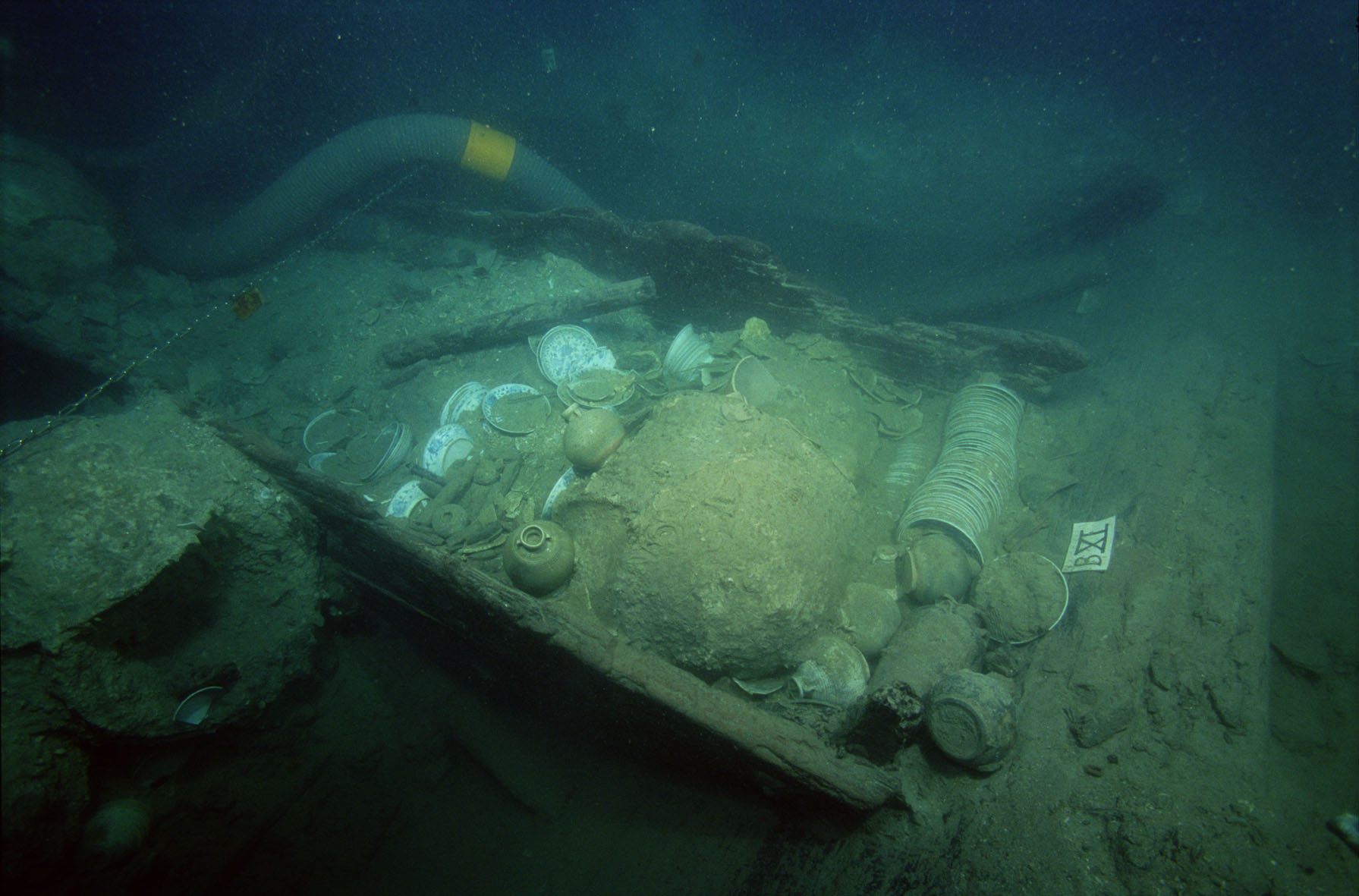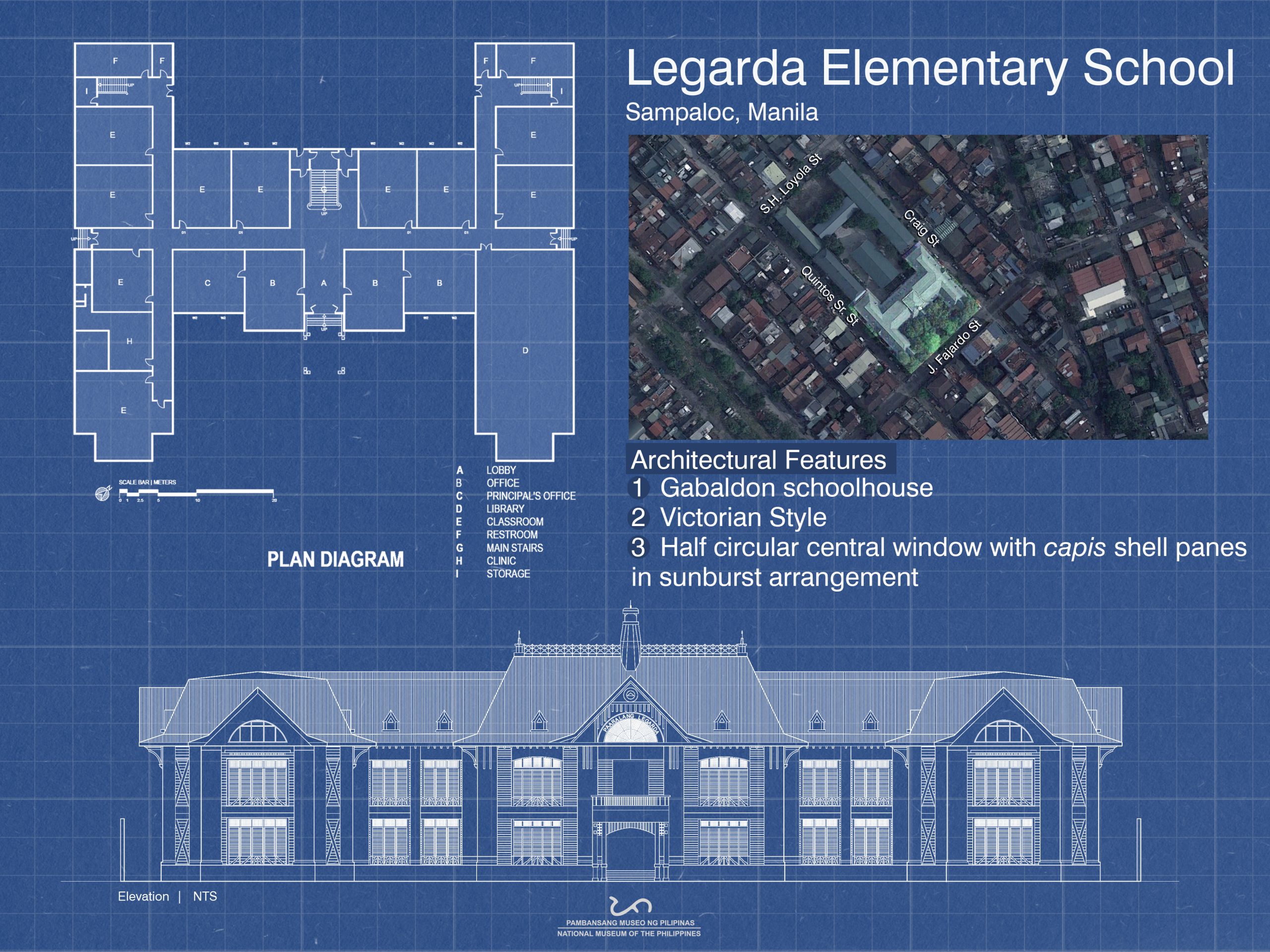92nd Birth Anniversary of Juvenal Sanso
Today, as we celebrate the 92nd birthday of Juvenal Gerrit Sansó, we feature his “Slow and Soft” painting from The Philippine Center New York Core Collection of 1974: A Homecoming Exhibition at the National Museum of Fine Arts (NMFA).
This painting, an oil on canvas completed in 1974, is one of the popular bloom series admired by many. Sansó paints the bright and colorful depiction of nature with flowers and bushes, seascape, riverbanks, and rock formations in the style he has developed and known later. He has painted in oil, watercolor, acrylic, ink and dry brush, and has produced designs in textile, prints, photographs, and designed sets and costumes in theaters in France and the Philippines.
Juvenal Sansó was born to Jose Sansó and Ramona Gerrit on November 23, 1929, in Reus, Catalonia, Spain. His family moved to Manila in 1933 and set up a wrought-iron business. He is interested in arts and enrolled as a special student at the University of the Philippines School of Fine Arts in 1948-1951. He had been mentored by Fernando Amorsolo, Dominador Castañeda, Guillermo Tolentino, and Irineo Miranda. At 21, he went to Rome and pursued to study at Academia di Belle Arti. From 1953-1961, he enrolled at the L’Ecole Nationale Superieure des Beaux Arts. Sanso held his first solo exhibition in 1956 in Paris and his first local and first-ever printmaking show at Philippine Art Gallery in 1957 when he returned to Manila. He has traveled and exhibited internationally and held one-man exhibitions at Philadelphia Print Club and Weyhe Gallery in New York. Prestigious art institutions also recognized him. Cleveland Museum of Art awarded him Print of the Year for his etching “Leuers”, which he shares with previous winners like Henri Matisse and Salvador Dali.
This painting is on exhibition at The Philippine Center New York Core Collection of 1974: A Homecoming Exhibition, Galleries XXVII and XVIII, Fourth Floor of the National Museum of Fine Arts.
Follow this page for more features from the National Fine Arts Collection. The #NationalMuseumPH is now open to the public. You may book your visit through this website by clicking Book a Tour. You may also view the 360 degrees virtual tour of this gallery and other eight select galleries at the National Museum of Fine Arts through this link: https://www.nationalmuseum.gov.ph/pcny360/HTML5/pcny360.html
Text and photo by NMP FAD
#OnThisDay
#JuvenalSanso
#MuseumFromHome











 Paaralang Legarda
Paaralang Legarda  Established in 1922,
Established in 1922,  One feature of Gabaldon schoolhouse are awning-type windows with capis shell panes originally seen on the main building of
One feature of Gabaldon schoolhouse are awning-type windows with capis shell panes originally seen on the main building of  The Legarda Elementary School exemplifies not only a venue of learning and development, but also a historical structure with aesthetic value worthy of preservation and appreciation. Drop by the
The Legarda Elementary School exemplifies not only a venue of learning and development, but also a historical structure with aesthetic value worthy of preservation and appreciation. Drop by the 
